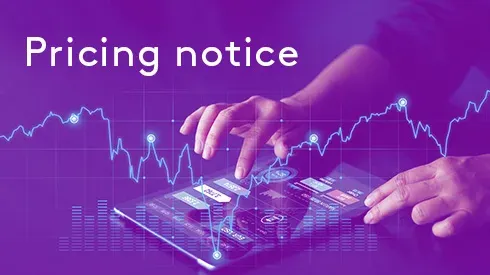Global crude steel production is forecasted to increase modestly in 2025 over 2024 levels, the first annual increase since the nearly 4% year-over-year gains in 2021, following the 2020 shutdowns. Increases in production in North America, Europe, Middle East, and India will offset another expected weak year in China.
Chinese crude steel production to fall
Chinese crude steel production is on course to fail to register one billion tonnes production in 2024 (data for the full year is still being finalized), and Fastmarkets suggests that output will fall below 900Mt by the end of the ten-year forecast period. Domestic Chinese apparent steel consumption has peaked, putting pressure on steelmakers to aggressively export to maintain output levels, thus affecting prices and steelmaker margins.
In 2025 as well as in coming years, India’s annual growth in crude steel production will be driven by structural growth in end-user demand as well as the aggressive expansion of domestic capacity. Much of this new and planned capacity is coal based, output from which could be affected by emission controls, such as Europe’s CBAM. That being said, the main target of the new capacity is the domestic market.
Modest growth in European crude steel production
After a dismal 2024 in terms of steel demand and output, European crude steel production is forecast to show modest growth in 2025 as end-user demand will bounce back slightly. Improvements in demand will push distributors to adjust inventory levels higher. Moreover, new and renewed trade restrictions will support regional suppliers by reducing penetration of lower-cost competition.
Fastmarkets projects continued improvements in Turkish steel production on the basis on improving domestic construction demand brought about by new rigorous building codes due to recent earthquakes.
Middle East crude steel production in the near term will be driven by new capacity starts in the region. Construction growth in the Middle East will continue to support regional upstream steel demand. Moreover, the region is becoming a central hub for investment in green steel and associated raw materials.
North American steel production will be driven by new capacity gains in Mexico and the US which will more than offset recent or planned closures of old and uneconomic capacity. The effect of re-shoring or near-shoring of manufacturing capacity will have a positive effect on upstream steel demand. With new administrations in both countries, Fastmarkets surmises that tariffs, trade restrictions or stimulus efforts will be supportive of domestic steel output in both countries.
Fastmarkets’ ten-year forecasts for crude steel production underpin our steel and steel raw materials supply and demand forecasts. Find out more about our short-term forecasts here.






